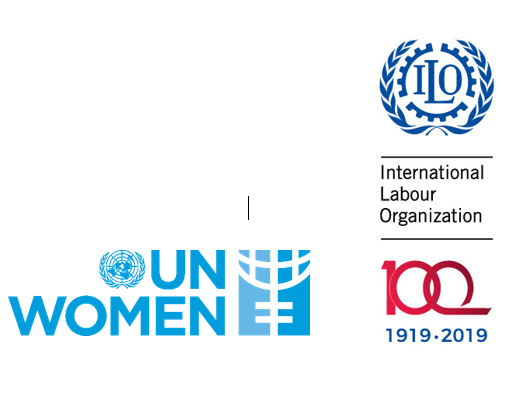Violence and harassment against women is a complex issue closely-connected to power and gender inequalities. Carrying out a one-off training or introducing a policy will be insufficient. For this reason, it is important that prevention strategies are multifaceted and respond to the experiences, and address the needs, of all workers.
Research shows that one of the most important predictors of sexual harassment is the organizational culture (Johnson et al, 2018a). A focus on policies and procedures to address compliance with the law and avoid litigation largely fails to reduce sexual harassment, whereas significant changes in organizational culture can help to promote a workplace climate and a culture of civility and respect. Suggested changes include creating diverse, inclusive, and respectful working environments; improving transparency and accountability relating to policies, fair investigative and disciplinary procedures; changing organizational culture, so that it is not based on hierarchical and dependent relationships between staff; and promoting a strong and diverse leadership (Johnson et al, 2018a).
A workplace prevention strategy is an important part of a transformative approach to ending violence and harassment against women. The strategy should include a full range of OSH measures, including risk assessments, and focus on changing the climate and culture of a workplace. It should aim to ensure that sexual harassment is prevented at an early stage, and that there is a gender-lens used, for example, in allocating work tasks and responsibilities. Training and awareness raising is an important part of prevention and changing workplace culture.
Promising practices on practical prevention plans and strategies[1] that can be effectively implemented in the workplace include:
- Consulting women workers, with priority given to actions that implement a positive workplace culture and a working environment that result from listening to women workers’ experiences, ideas and suggestions;
- Providing sufficient resources to enable managers to play an active role in raising awareness and to act on warning signs of violence and harassment against women;
- Carrying out a confidential and anonymous annual climate survey,[2] to help identify key issues in the working environment, including how safe workers feel in the workplace, whether they feel confident enough to file a complaint and whether they feel they would be believed;
- Providing regular training for all workers, supervisors and managers, covering how to prevent violence and harassment against women and how to address wider gender inequalities and social norms;
- Building and fostering a climate of trust, dignity and respect among workers, by taking active steps to reduce potential work conflicts, incivility, disrespectful behaviour, and certain organization of work processes, which may, if left unchecked, lead to violence and harassment against women;
- Implementing practical measures including resources for components, such as alarms, ID keys, passcodes and cameras. A number of initiatives can be cost-free, such as carrying out safety walks through a workplace that can enable women to identify parts of the building, work processes or aspects of work organization that pose risks to their safety;
- Seek solutions to resolve problems or disputes amongst workers before they escalate, taking into account that tools such as mediation assume equal power at the table, whereas cases of violence and harassment against women are an expression of unequal power. Use team approaches to rebuild damaged relationships in the workplace based on mutual trust, for example, through restorative justice programmes (UK Restorative Justice Council, 2011);
- Including provisions related to domestic violence at work: Ensure that women workers who are affected by domestic violence at work (such as when they are followed by violent partners to work) are assisted with practical safety planning, and that relevant managers and security staff are provided with a photograph of th
[1] These suggestions are drawn from a range of practical guidance documents and research referred to in this Handbook.
[2] Depending on the size of an organization climate surveys can be carried out using anonymous questionnaires, focus groups and exit interviews. For further guidance on carrying out a climate survey see: Workplaces Respond: Workplace Climate Surveys: https://www.workplacesrespond.org/page/harassment-climatesurveys/#Inclusive
